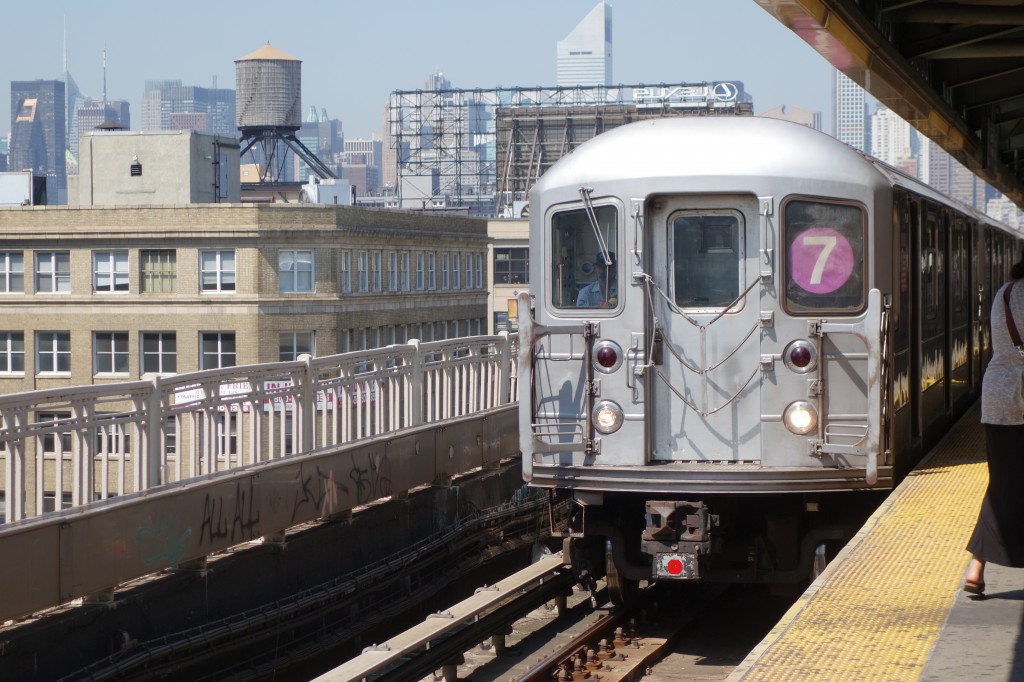Queensboro Plaza, perched high above Long Island City (LIC), provides access to the heavily traveled N, W, and 7 lines. Approaching the station, one can see the new shiny glass towers being erected to house those wishing to live and work near Manhattan’s core. Becoming its own core, LIC is expected to add more than 11,000 residential units by 2020 – in addition to the 16,000 plus units that have been completed since 2006. What will this mean for Queensboro Plaza and the other nearby stations? Will all those new riders fit onto the already packed rush-hour morning trains? Will expansion be needed? How will NYC Transit’s Fast Forward plan improve the commute for thousands of Queens riders?
The rezoning of LIC has created substantial growth – with more potential rezoning on the horizon.
Once an industrial and manufacturing hub, in 2001, 37 blocks were rezoned in LIC, which is now experiencing sky-rocketing growth and the City wants to rezone again. In fact, it’s fast-developing urban core saw the most rental housing construction in the nation between 2010 and 2016, with Los Angeles’s downtown coming in a distant second. As with the new and proposed development in the area, the 2001 rezoning was designed to take advantage of LIC’s mass transit access and its supply of large underdeveloped land parcels and foster investment in the community. Since then, LIC’s skyline has clearly taken shape, with thousands of units already completed and more on the way.
Planned Growth by 2020:
- 4 million square feet of commercial and industrial development
- 11,000 + residential units in the pipeline
- 5,200 + hotel rooms will be completed with the addition of 36 new hotels
- 411,000 square feet of retail development
LIC’s rapid development is impacting nearby subway stations like Queensboro Plaza.
From 2011 to 2017, Queensboro Plaza’s ridership increased by 41%, not including the thousands of daily passengers who transfer at the station. With more people and businesses moving to the area, ridership will continue to climb, causing more delays and frustration, which in turn will require the MTA to look at ways to expand system capacity. Our forthcoming report entitled, “100 Days and 100 Nights: From Astoria to Lower Manhattan and Back,” details the daily trek of riders who regularly experience the delays and overcrowding.
Clearly, LIC’s rapid growth warrants investment in its transit infrastructure to ensure it can keep up with demand.
NYC Transit’s Fast Forward plan has emerged as the best option for the City’s aging transit system. It has the potential to improve the lives of those who live, work and play in LIC, and those who travel through. The Plan will upgrade many of the tracks, signals, stations and structures required to run the system effectively and improve the ride for millions, with potential route changes and revisions to improve running times. Now is the time to make investments to ensure the area thrives as an attractive place to live and work.
